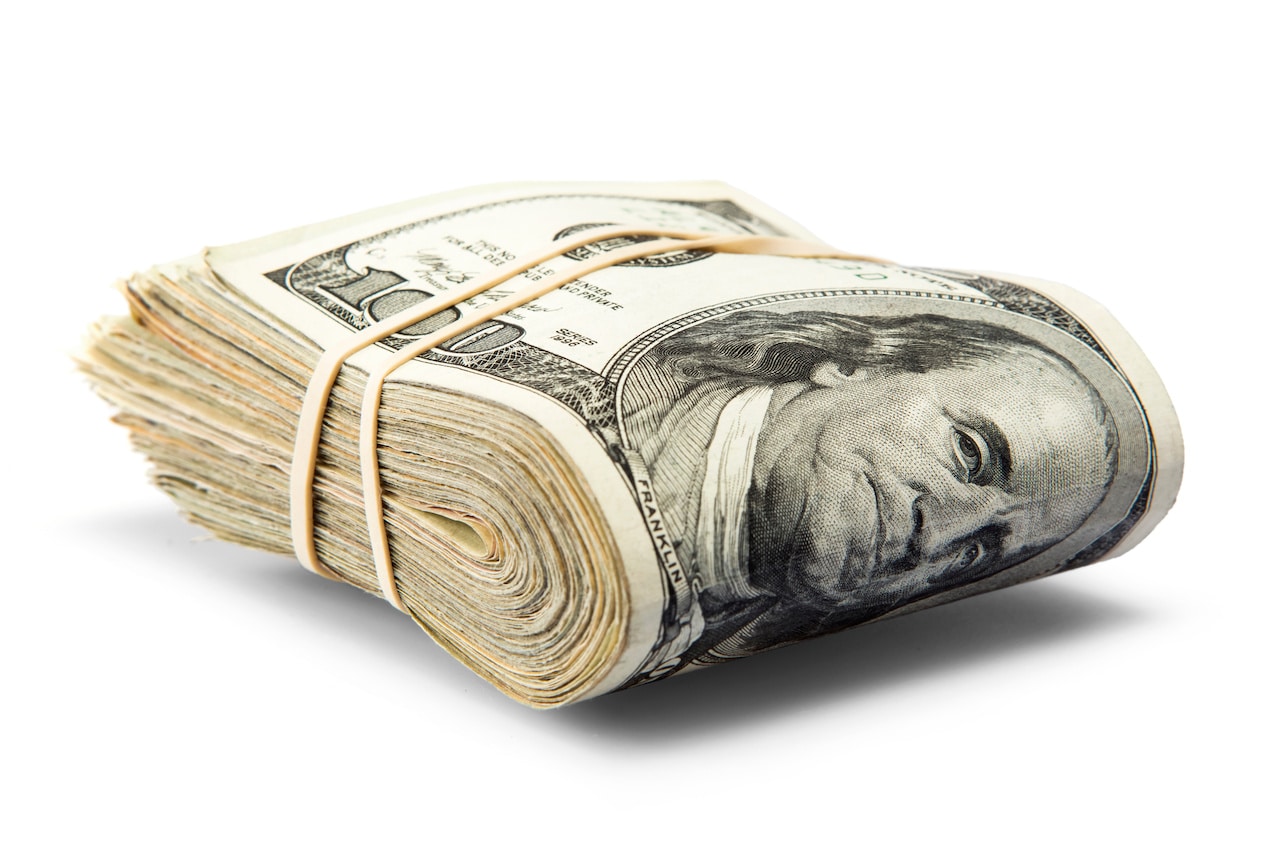Credit Sesame uses Paper Money Day to explore the relationship between paper money with credit.
Circle March 10 on your calendar. It is National Pack Your Lunch Day, International Bagpipe Day, Middle Name Pride Day, National Landline Telephone Day and Paper Money Day. March 10, 1962, was the first time United States paper currency notes were regularly issued.
What’s the big deal with paper money?
Consider how hard it would be to make transactions for goods and services today if we used antiquated methods like bartering or coins, as before paper dollars became the norm. Physical cash matters, even in a world increasingly reliant on digital currency.
“Designating a day on the calendar to think about paper currency and its significance is a way to raise awareness and appreciation for the history and cultural significance of physical money,” Sean K. August, CEO of The August Wealth Management Group, says. “It’s also a date to educate people about the benefits and risks of using cash versus digital payment systems, and it may serve as a reminder for people to take stock of their financial habits and goals and consider ways to manage their money or effectively.”
Paper money in 2023
Make no mistake: Paper money remains a crucial part of our financial system in 2023.
“It allows us to buy goods and services, save for the future, and invest in businesses and markets. Paper money is also a means of transferring wealth between generations and providing financial security for our families. Without paper currency, our economy would suffer,” notes investment analyst Tim Doman, CEO of Top Mobile Banks.
August agrees. “Paper money has provided greater convenience and ease of use in transactions and enabled the government to finance wars and other initiatives by printing money,” August continues. “However, the use of paper currency has also been associated with issues like counterfeiting, inflation, germ transmission, and a reliance on physical money that can be lost or stolen.”
The first Paper Money Day
America began using paper dollars 161 years ago, during the Civil War, as a means to finance the war effort and replace previously used gold and silver coins. The first paper dollars were called “Demand Notes” and were backed by the US government’s promise to pay the bearer in gold or silver upon request. Since 1862, the look and design of paper dollars have evolved, with new security features added to prevent counterfeiting and increase durability.
Paper currency and credit
The availability of credit and the health of credit systems are closely linked to the use of paper currency.
“By facilitating transactions and creating liquidity in the economy, paper money has helped to promote the growth of credit markets and the health of credit systems,” says Dennis Shirshikov, head of growth for Awning.com and a professor of finance at the City University of New York.
While the relationship between credit growth and paper currency is complex, the availability of credit can be influenced by the supply of money and the demand for loans.
“When the government prints more money, it can lead to inflation and a decrease in the value of money, which can affect the availability and cost of credit. Additionally, credit health can be affected by the overall stability of the financial system and the regulatory environment, which can impact the willingness of lenders to make loans and the ability of borrowers to repay them,” explains August.
The decline of paper money
Digital currency, digital payment systems, and digital credit have become increasingly popular in recent years. Consequently, fewer people use paper money today and more rely on cashless transactions.
“The use of paper money is declining as we move toward a more digital economy,” Doman points out.
But rest assured that paper dollars will remain an important currency in our economy for years to come, especially for cash-based transactions, small businesses, and whenever digital payment methods are not an option.
Managing paper currency efficiently and responsibly is crucial, even in a world where fewer of us carry physical wallets and money clips.
“To manage paper money safely and successfully, it’s important to keep it secure and organized and avoid carrying excessive amounts at any given time,” suggests Shirshikov.
Remember to keep cash stored in a secure place, such as a locked safe or safety deposit box.
“Be aware, too, of common cons and frauds involving cash, such as counterfeit bills or quick change scams,” cautions August.
With digital currency, always protect your personal information and logins/PINs, and monitor your digital accounts regularly for any suspicious activity.
“Use strong passwords, avoid sharing your personal information with third parties, and be vigilant about potential fraud,” Shirshikov adds.
Maintain healthy credit in a digital world
Remember to check your three free credit reports at least once a year, as well, to look for inaccuracies, errors, or fraudulent accounts. And check your bank and credit card statements regularly for suspicious activity.
“Having good credit health is essential for personal finances, financial stability, and overall well-being. Ensuring that your credit is healthy allows you to access credit, such as loans and credit cards, when you need it and save you money in the long run by helping you qualify for lower interest rates and better terms,” says Doman. “Good credit health also helps you secure employment, rent an apartment, and get approved for insurance products.”
Poor credit, on the other hand, can result in you paying more to borrow money in the form of higher interest rates and fees; worse, you can be turned down for new credit altogether.
If you enjoyed What does Paper Money Day have to do with credit?, you may be interested in,




















